|
This year in March, The Syndicate attended the Global Indigenous Runway which was held at the Goldfields Theatre of the Melbourne Convention and Exhibition Centre. The runway celebrated Indigenous culture through fashion with a selection of both Emerging and Established Designers.
There were the couture evening gowns from Murrii Quu, native florals of Lavashe Couture and a particular favourite for our team was the use of vintage blankets cleverly crafted into one-off pieces that transcended the runway. We learnt that Jeanine was inspired to create her designs as blankets were a symbol of colonisation and currency which appealed to her environmental and sustainable conscience. A woollen blanket was an item traded for land. It is one of the first gifts of colonisation for Maori people. The combining of blankets, luxury, slow and sustainable fashion, unique design and ultimate craftsmanship first came to our attention with Danish Designer Marit Ilison who used woven jacquard pieces and raw cut edges within her conceptual ‘Longing for Sleep’ collection. NZ Designer Jeanine Clarkin has had a life-long love of fashion and founded her eponymous label in 1994 she works from her studio on Waiheke Island in the Hauraki Gulf of Auckland. Her unique design style draws from her Maori culture and enjoyment of travel and art. During her career she’s also been a costume designer for dance and theatre, a fashion show producer and creative director as well as a curator for art exhibitions. Jeanine showed at New Zealand Fashion Week 2019 together with designer Shona Tawhaio in a group show called AHO supported by Auckland Council. Jeanine’s beautiful designs are a clever blend of the past and present in a delightful rainbow of hues that brought a lot of joy and vibrancy to the runway. As New Zealand went into a Level 4 lockdown we have been following Jeanine’s creative journey during isolation.
0 Comments
A feature of this year for Fashion Revolution Week 2020 is Fashion Open Studios providing delegates the opportunity to meet Designers virtually and step into the studios and homes of the teams behind their collections.
Yesterday our team joined many across the world to hear from some of the most innovative Designers in this day and age. Matthew Needham worked with four Designers for his MA collection for Central Saint Martins where he graduated a week before lock-down in the UK. The Designers were joined by Sarah Mower the international journalist and critic for US Vogue who is also the ambassador for Emerging Talent for the British Fashion Council. Inspiration for Needham's collection came from a trip he took to Bodo, Norway in 2015 where he was moved by the landscape having growing up in Leicester he had not ‘seen Mountains’ like this before. Coincidentally he met another fellow student at CSM who was from Bodo who had a tattoo 'Oyeblikk' on his knee which means in Norwegian ‘in a blink of an eye’ and so the concept for his collection started to evolve with the main theme for the collection being transformation. Helen Kirkham a qualified footwear designer is a renowned upcycle Designer who formerly worked for Adidas was asked by Matthew to work with him on this collection at a time where she did not have the capacity, given her own commitments. Upon discussing the concept and enthused with his passion and process she created nine pairs of shoes which Fibram fiver finger toe shoes and repurposed Manolo Blahnik's from Sarah Mower’s closest. Jo Miller a qualified Milliner who studied at the Royal College of Art was formerly the resident Milliner at Sarabane Studios set up by Alexander McQueen Foundation. Whilst developing her own practices she worked beside Sophia Webster, Studio XO and James Kelly. She shared in this talk that she creates primarily millinery and not occasion wear. For the 'Oyeblikk' collection she was able to stay true to her art form and created non-toxic resin balloon hats. Created over a six-month period jeweller and fellow collaborator Alice Potts created with Matthew a earring piece called ‘The Tearing’ made from Matthew’s actual tears. What was fascinating was the different molecular structure of different emotions shown in his tears over this six-month period as pictured. Needham’s collection was perfectly complete with his pieces he referred to as luxury leftovers. His ‘Air Shape’ top was created using dead stock silk from Alexander McQueen and also duvets he sourced from Barnardos. Matthew Needham, Alice Potts, Jo Miller and Helen Kirkham were able to explore and give light to the art forms they are devoted transforming ideas to creating stories and behind these pieces through the 'Oyeblikk' collection. Today they are some of the world’s most innovative and dynamic Designers and artists. Photo Credit: ID Magazine and Matthew Needham. The best and most simple sustainable fashion act we can apply is to love and wear our clothes longer. The more we wear our clothes, the more we care for them and the longer they last. As part of Fashion Revolution Week 2020. The Syndicate are asking fashion lovers to join the fashion revolution and create a love story by sharing something you love to wear and why on Instagram, Facebook and let us know by tagging us on your Instagram post @syndicate_1319 or Facebook https://www.facebook.com/thesyndicatesydney/. You can also email us with your loved fashion piece to [email protected]. Look forward to hearing from you.
This week The Syndicate is part of Fashion Revolution Week which is held annually from April 20th – 24th. This is to remember the 1138 people mostly garment workers of Rana Plaza in Bangladesh who were killed on 24 April 2013 when the plaza collapsed. The Rana Plaza was eight stories high which housed a bank, shops and five garment factories who serviced Benetton, Bonmarche, Cato Fashions, The Children’s Place, El Corte Ingles, Joe Fresh, Kik, Mango, Matalan and Primark. (: E Chan - British Vogue 2021)
How did this happen? Large structural crackers were discovered in the building on 23 April. The shops, bank and lower floors immediately closed after officials ordered an evacuation, however the deadline-conscious factory garment owners on the upper floors ordered 3500 garment workers back to their sewing machines threatening them with losing their jobs if they objected. On 24 April when the workers arrived, hours later and in just 90 seconds the entire building collapsed. 1138 including rescue workers were killed. 2600 workers survived however most sustained life injuries, some only able to be rescued by amputation. Why did the garment workers return to work? Often, desperate poor people work in dangerous conditions especially for large well-known companies which gives then a sense of stability. However, when disaster strikes these businesses try to distance themselves and believe they can do this quickly because these people are powerless. What has happened since 2013 Since then many of the companies linked to Rana Plaza came forward to pay compensation except Benetton who initially tried to distance their business, however there was irrefutable evidence they were connected and after 2 years acknowledged their involvement and paid $1.1m into the Rana Plaza Trust fund. Because of how Benetton managed this crisis there was a call for great transparency in supply chains in the Fashion industry. The Accord for Fire and Building Safety was also created. https://bangladeshaccord.org/ and now more factories through out the world have created their own Fire and Building safety agreements with factory owners. Fashion Revolution Week Fashion Revolution Week through out the world started with teams in 91 countries. Since Fashion Revolution started, people from all over the world have used their voice and their power to tell brands that things must change. And it’s working. The industry is starting to change. More brands are being open about where their clothes are made. More manufacturers are making their factories safer. More producers are being seen and heard. But the story is far from over. We are only just getting started. We can’t stop until every garment worker who makes the clothes we love is seen, heard, paid properly and working in safe conditions. Your voice does make a difference. We need to make this Fashion Revolution Week bigger and bolder than ever before. Ask brands #whomademyclothes? And for 2020 this year we are highlighting textiles and fabrics with #whatsinmyclothes? The Syndicate team will demonstrate through this week how we will commerate this special week. As part of the Virgin Airlines Australia Melbourne Fashion Festival Ideas Program this year the Syndicate attended the Indigenous Fashion Storytelling Session at the MPavillion to hear Yatu Widders Hunt talk with Sandy Greenwood, Shelley Ware and Perina Drummond about their stories and connection to Indigenous Design, Art and Fashion. This year the First Nations Fashion Design Council was announced at VAMFF. Photos: Jimmy Widders-Hunt.
The Syndicate Group have become a member of the Australian Fashion Council, collaboratively working to support and promote the growth of the Australian fashion & textile industry. A not-for-profit membership organisation with over 65 years of service of the industry, members are drawn from across the TCF value chain, ranging from micro to large companies, state and national industry associations, through to education bodies & students. - @ausfashioncouncil
Come and learn about the beauty of Ankara fabrics and prints through this unique fashion showcase. Click through to purchase tickets. https://www.facebook.com/events/296837204570608/
|
AuthorWith 15 years of experience between us, we are a team of like minded professionals working with inspirational creatives who will push the envelope in pursuit of creative excellence. Our first blog will be posted January, 2019. Archives
September 2022
Categories |

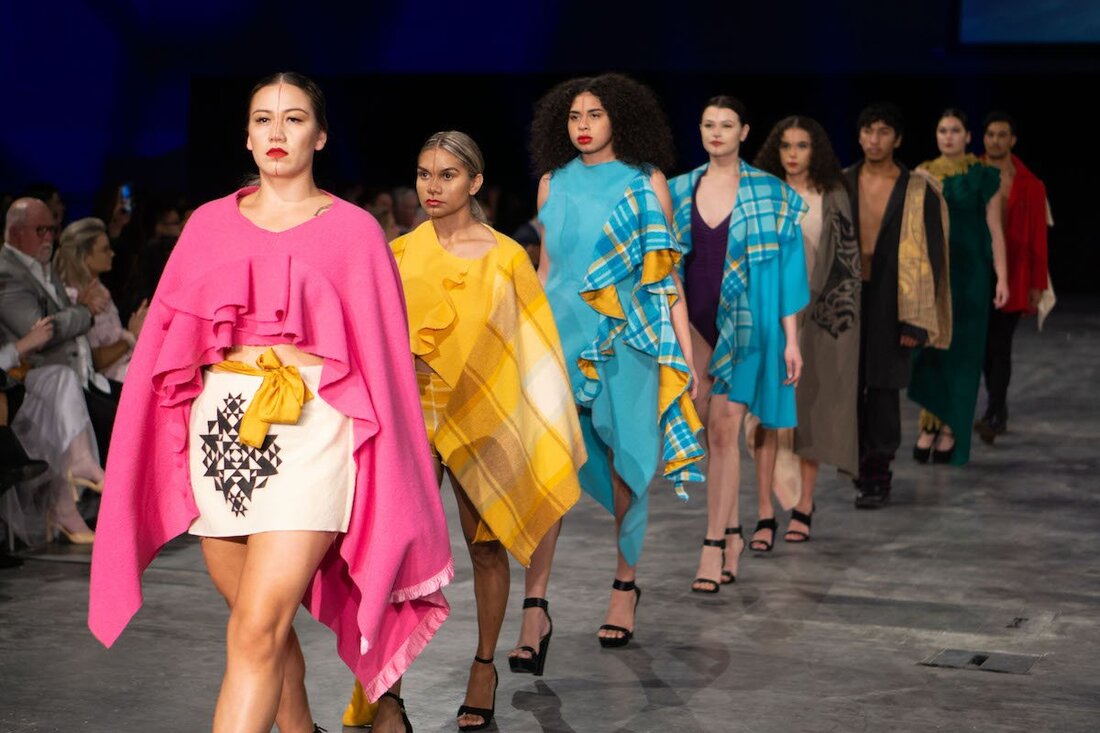
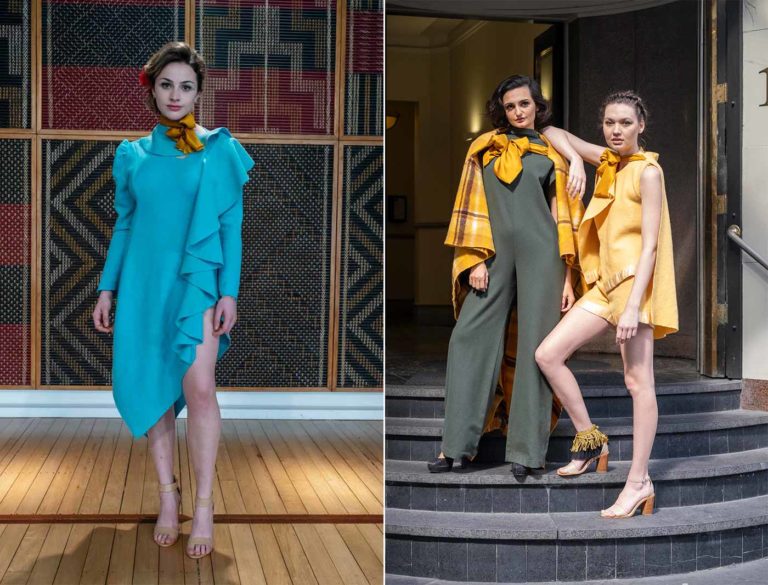
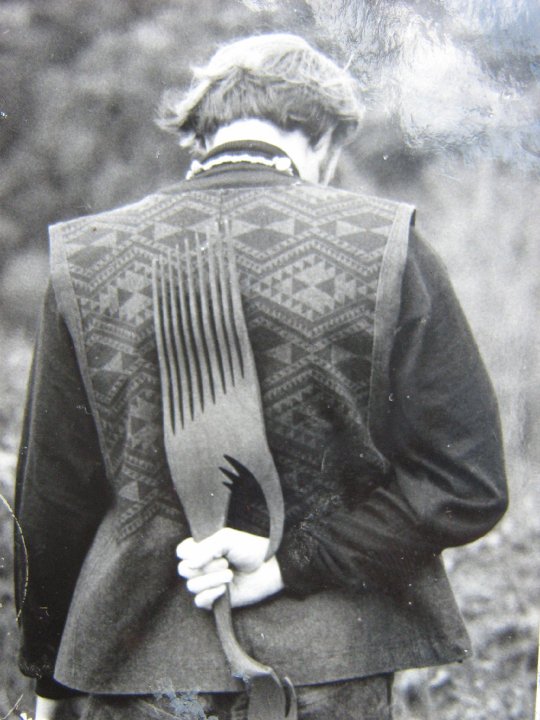
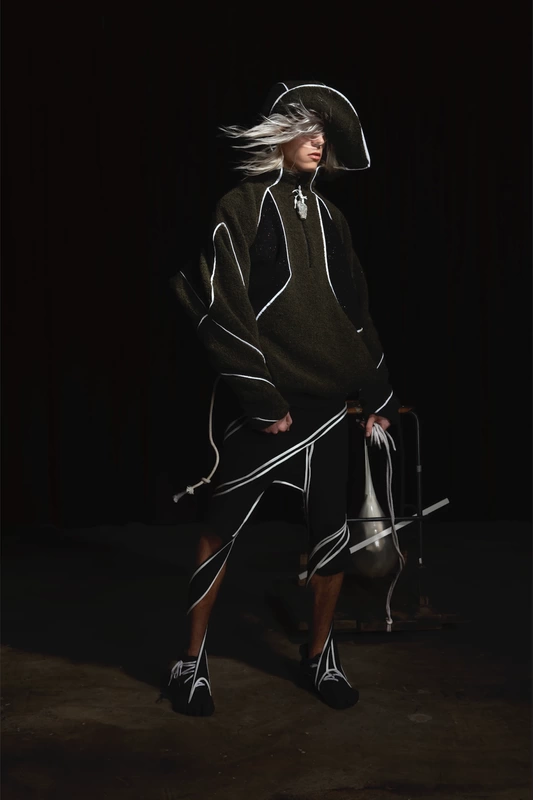
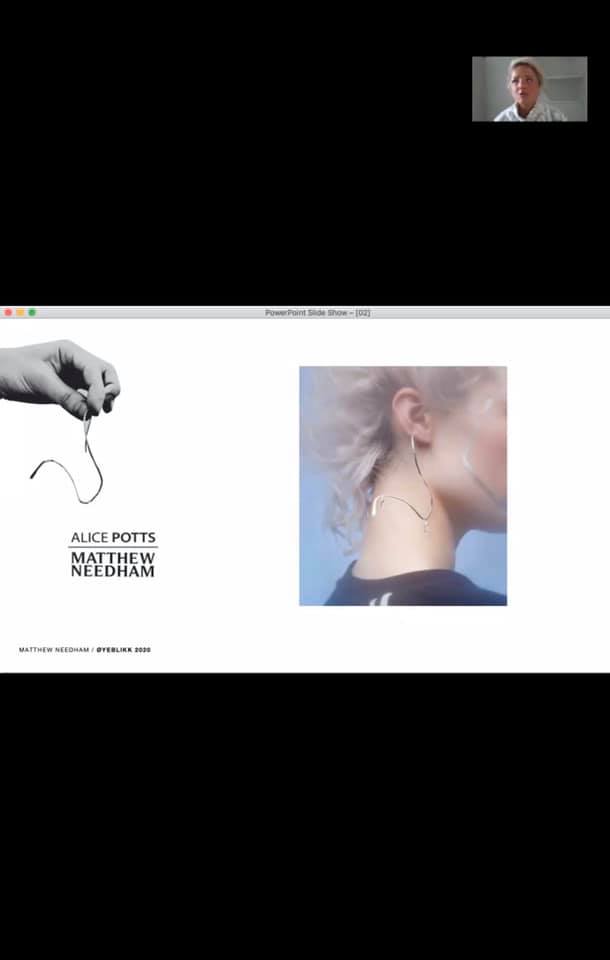
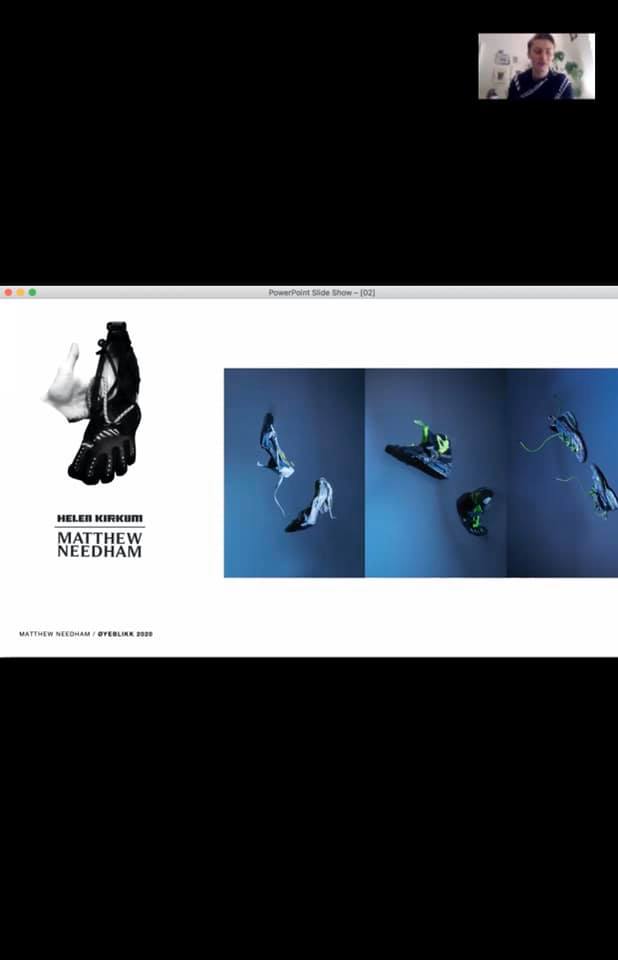
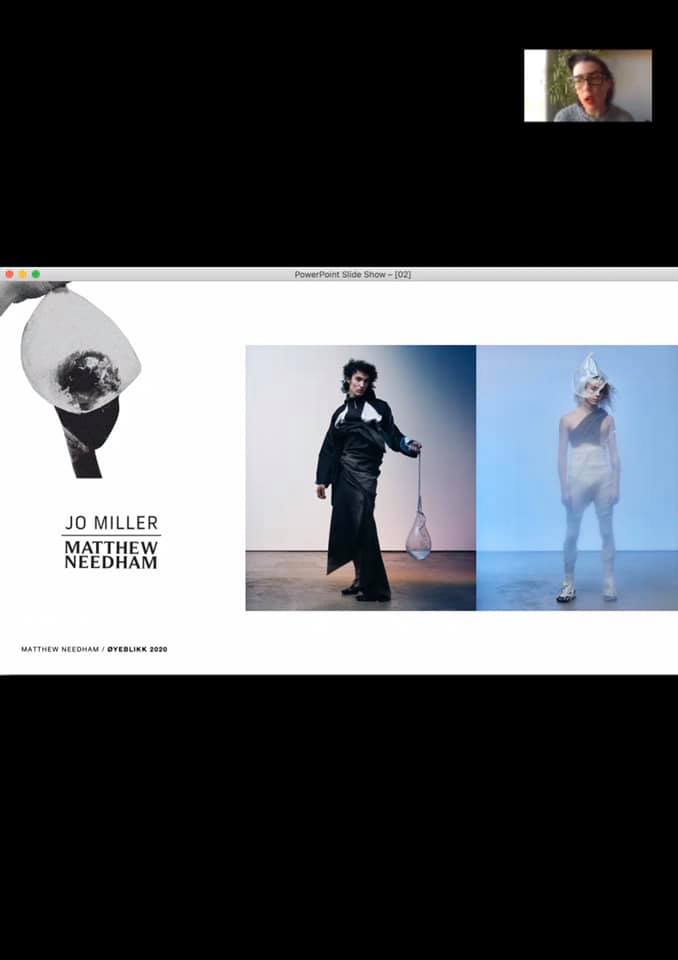
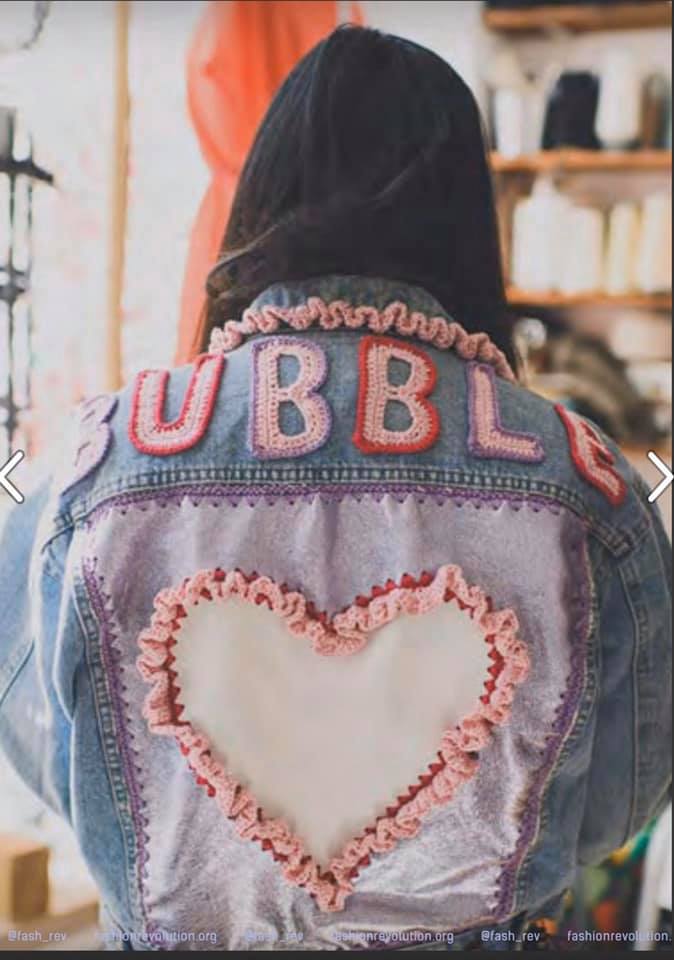
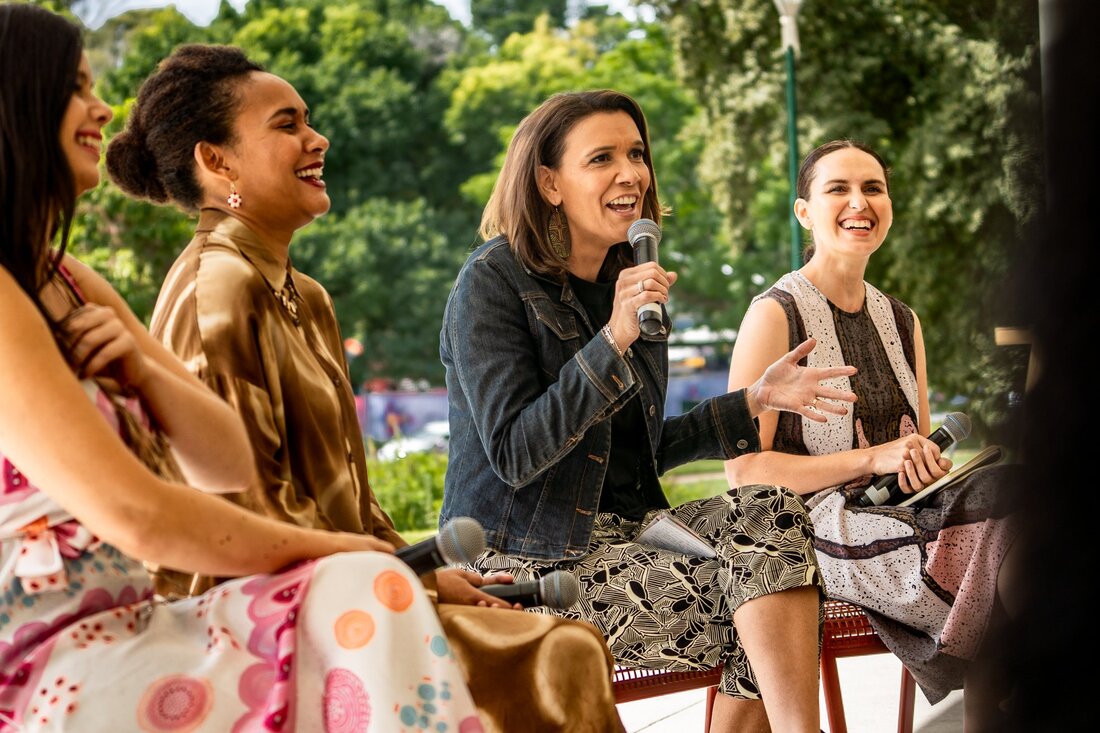

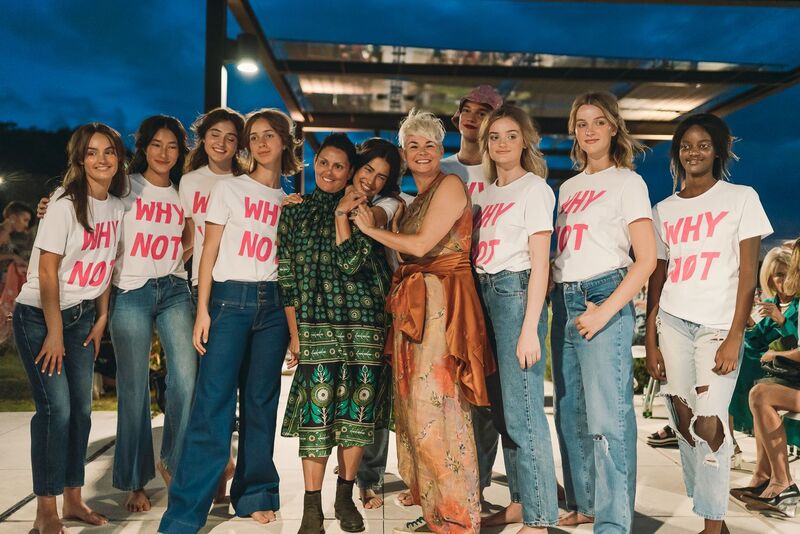
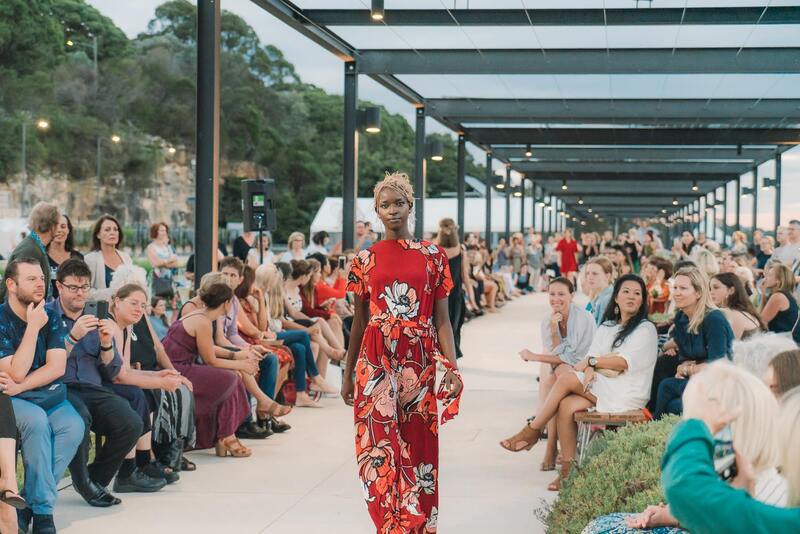
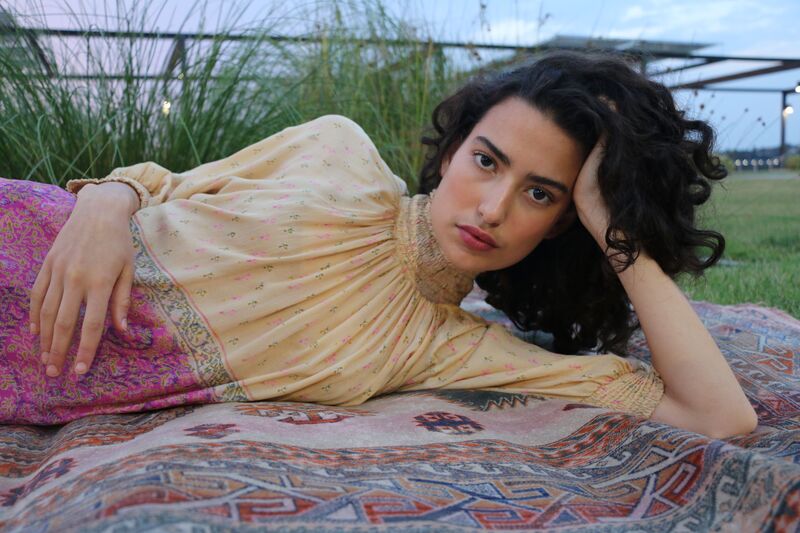
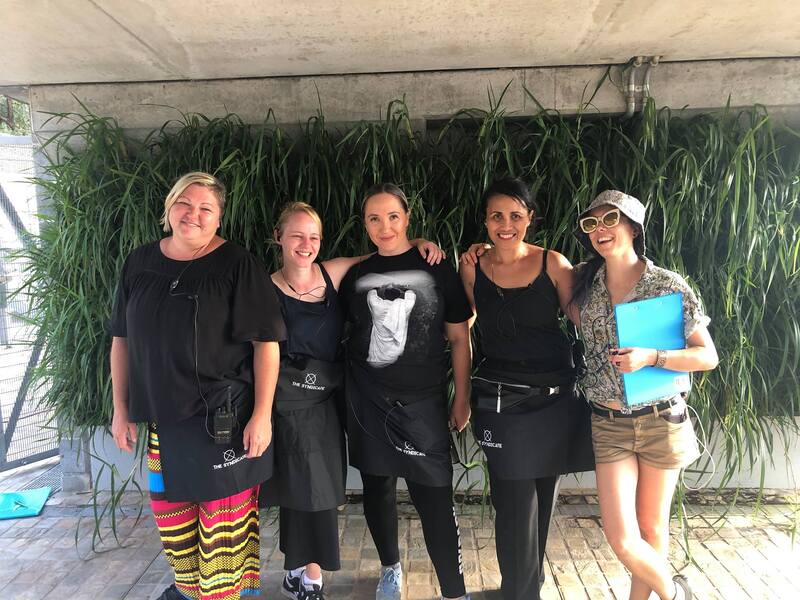
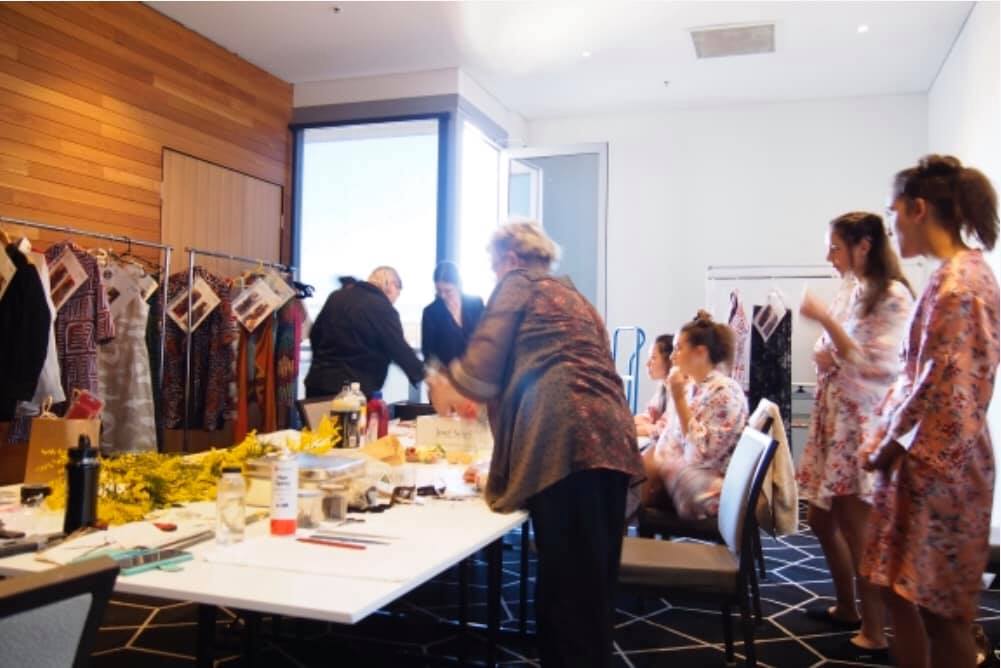
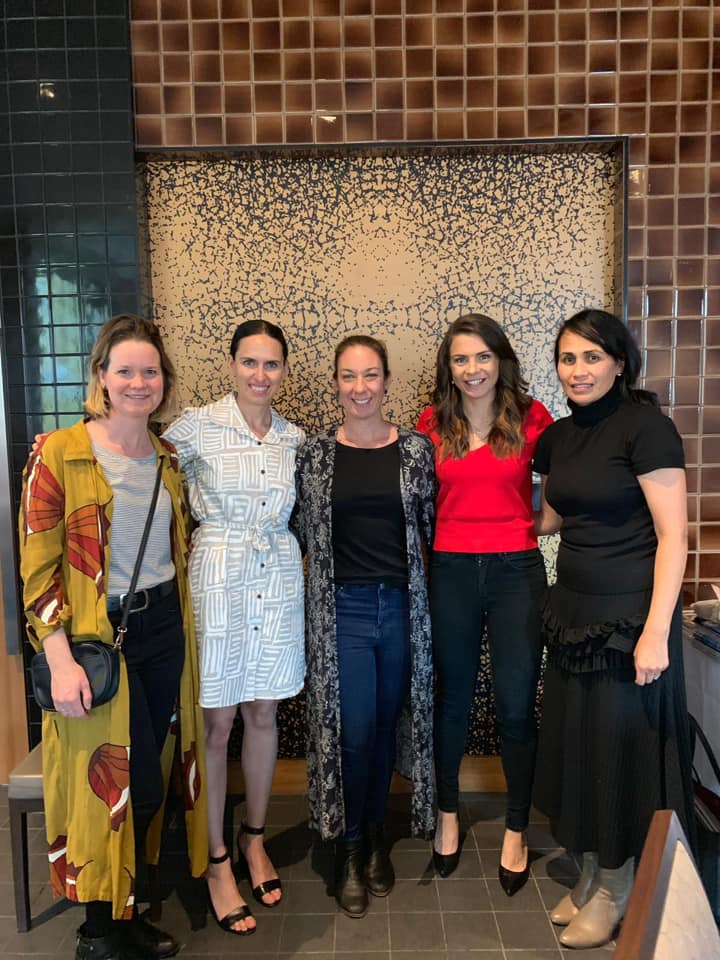
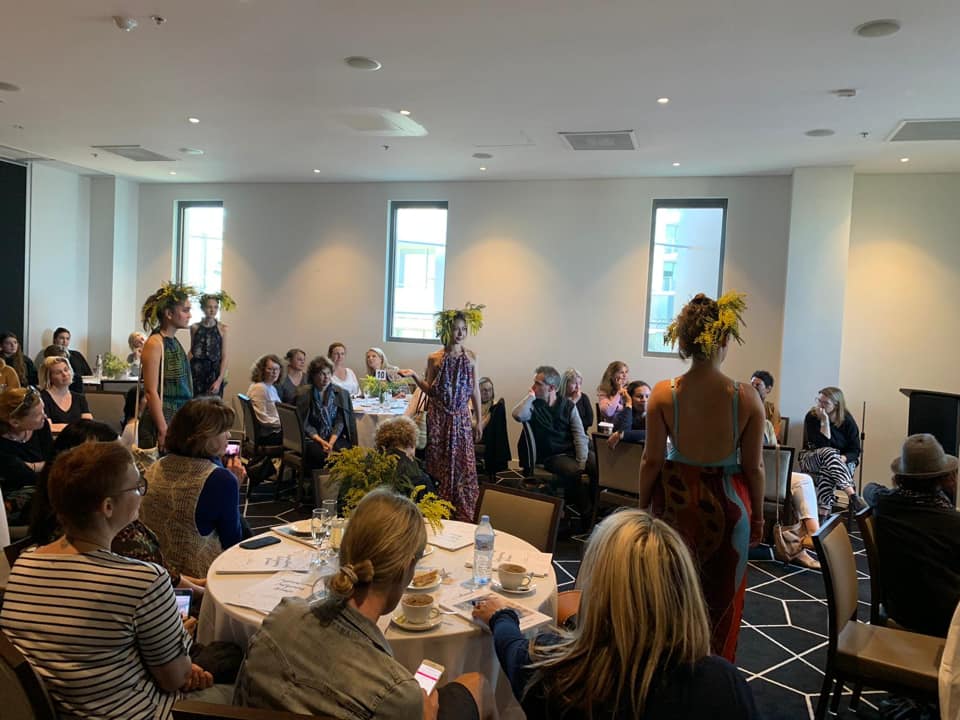
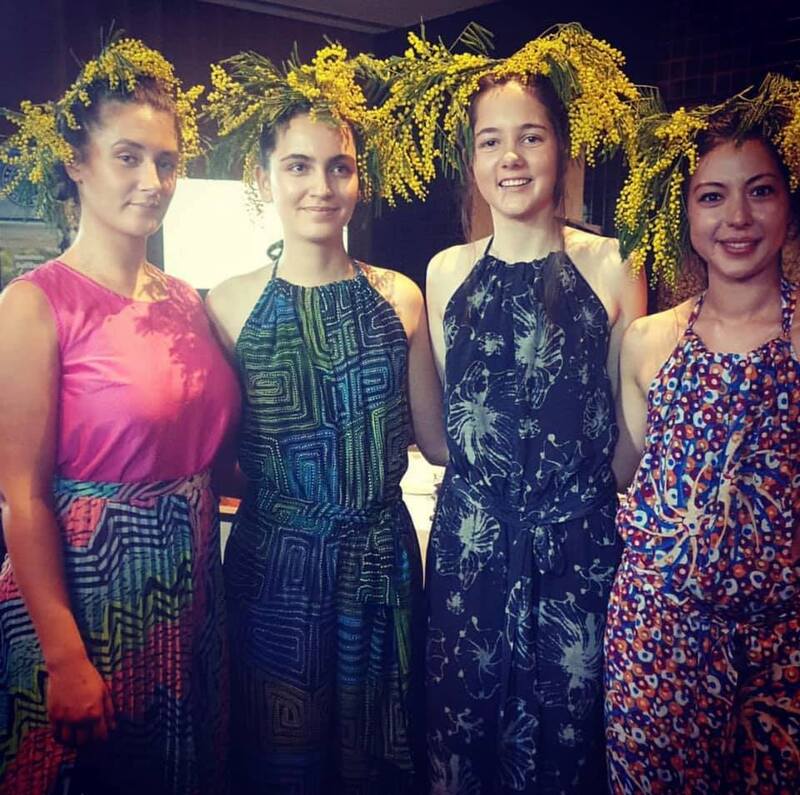
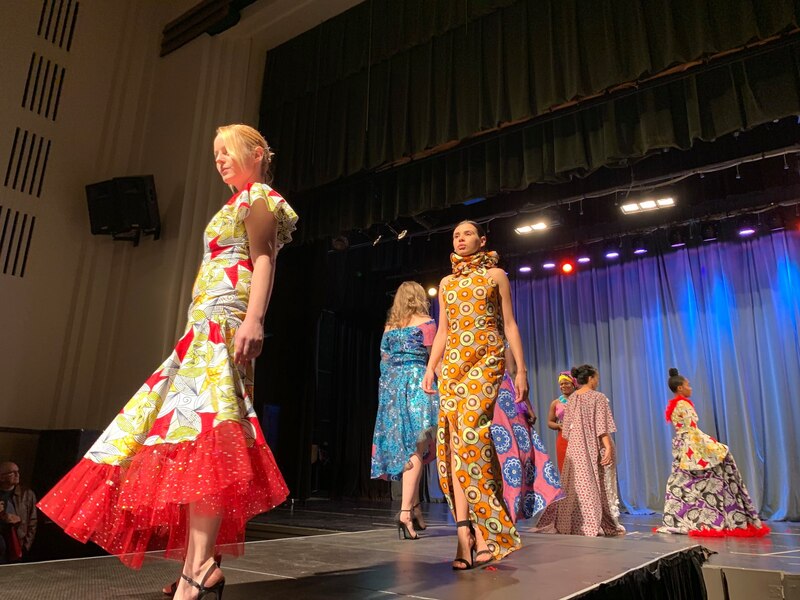
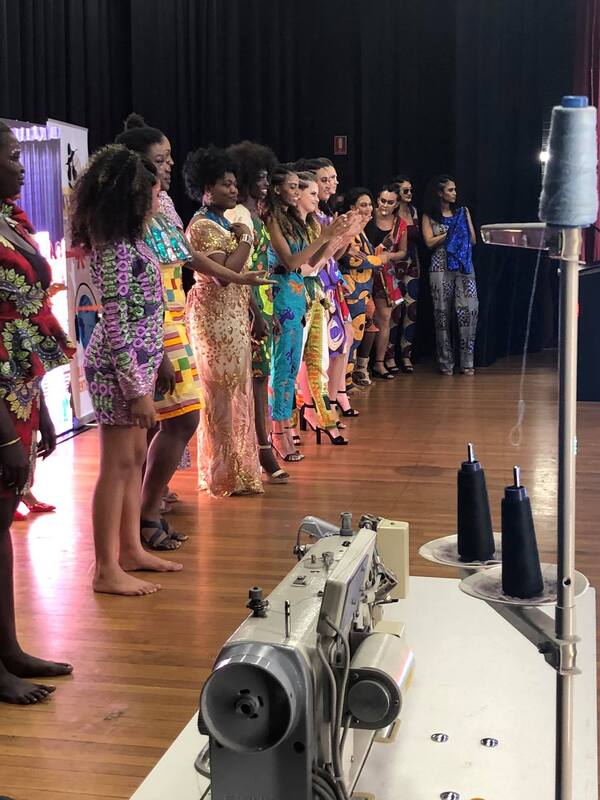
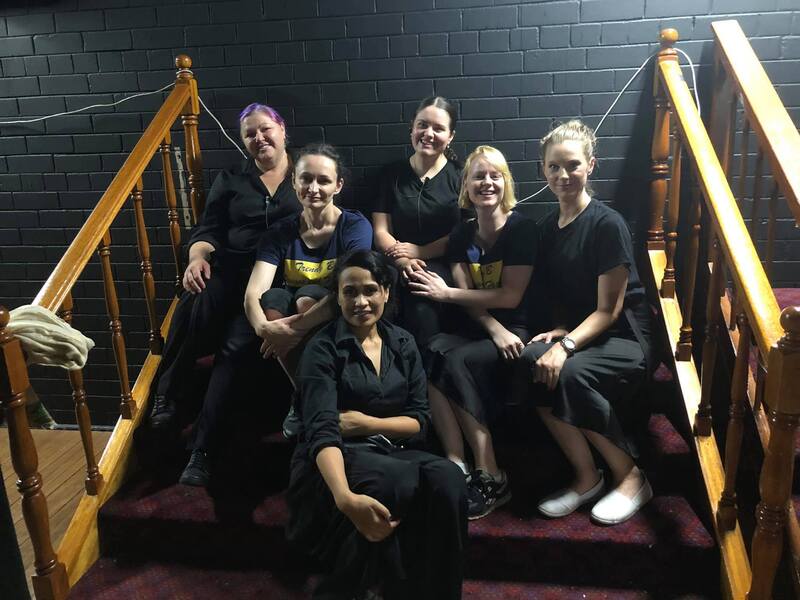
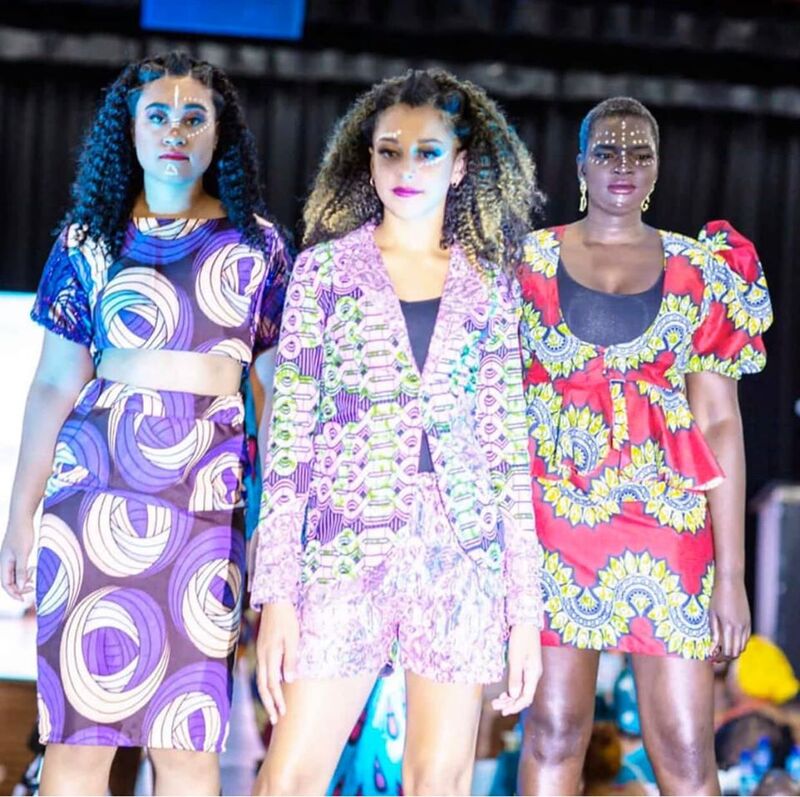
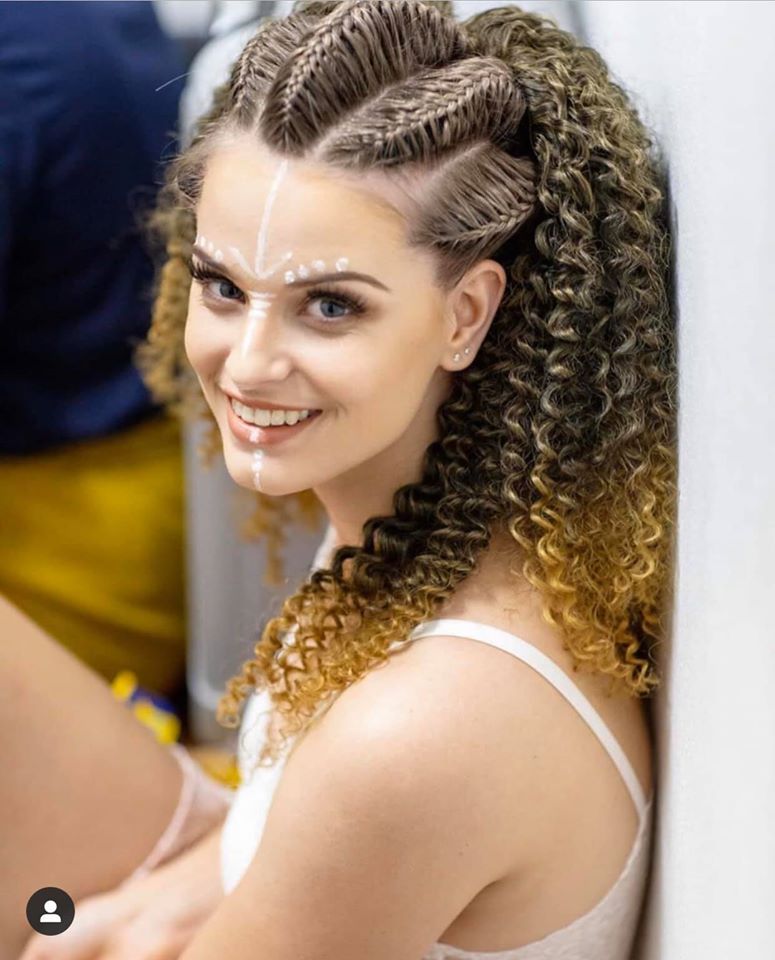
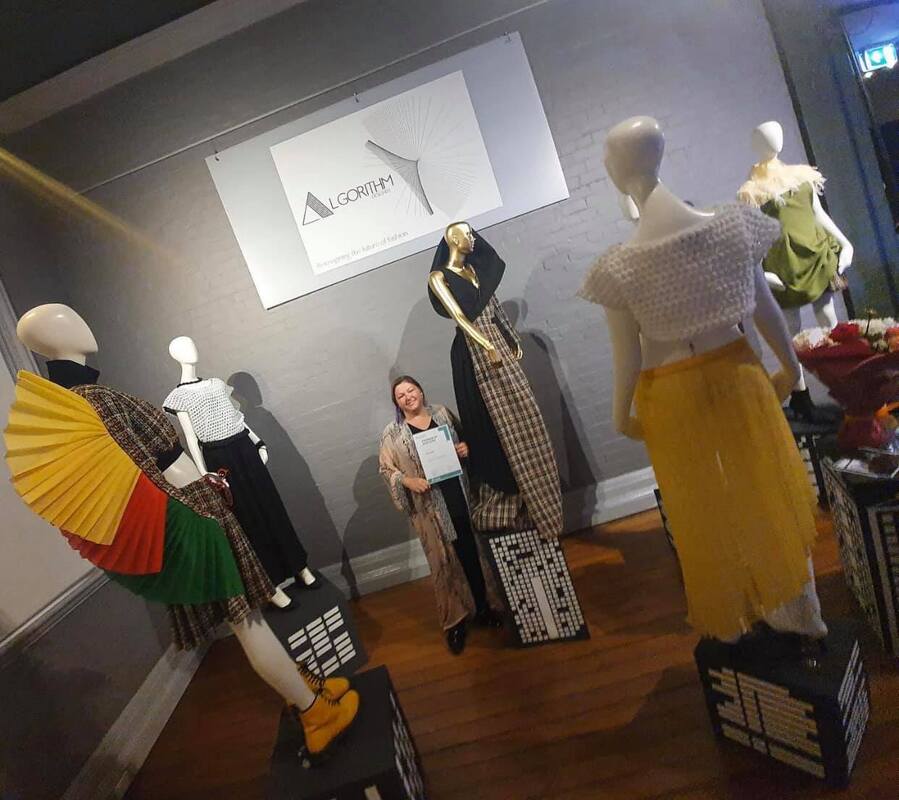
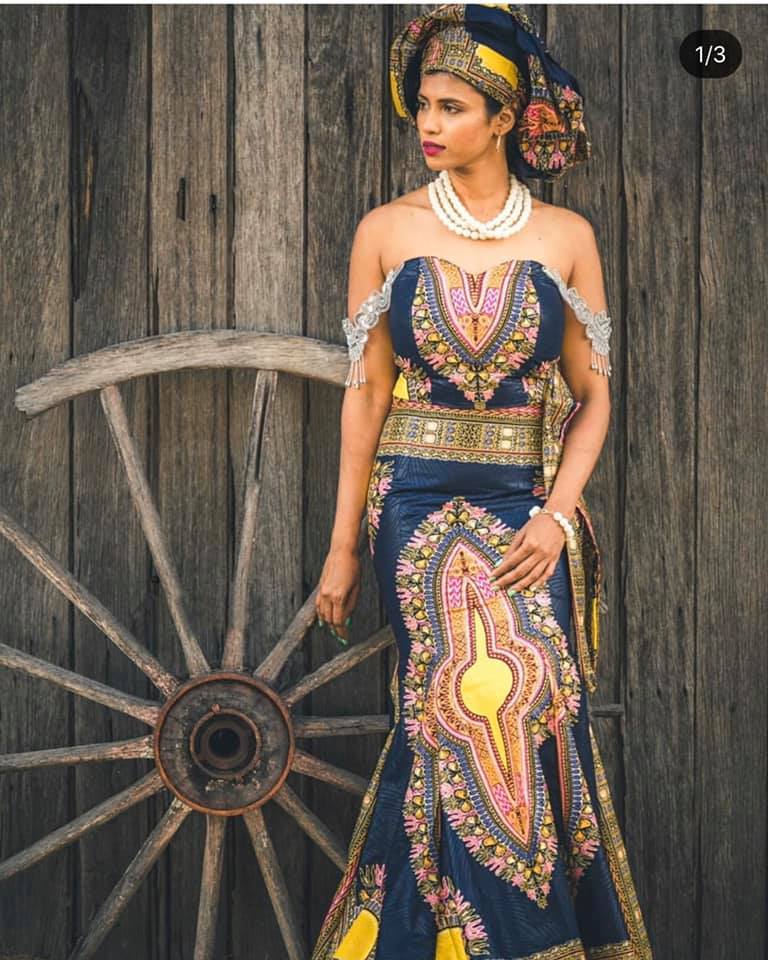
 RSS Feed
RSS Feed